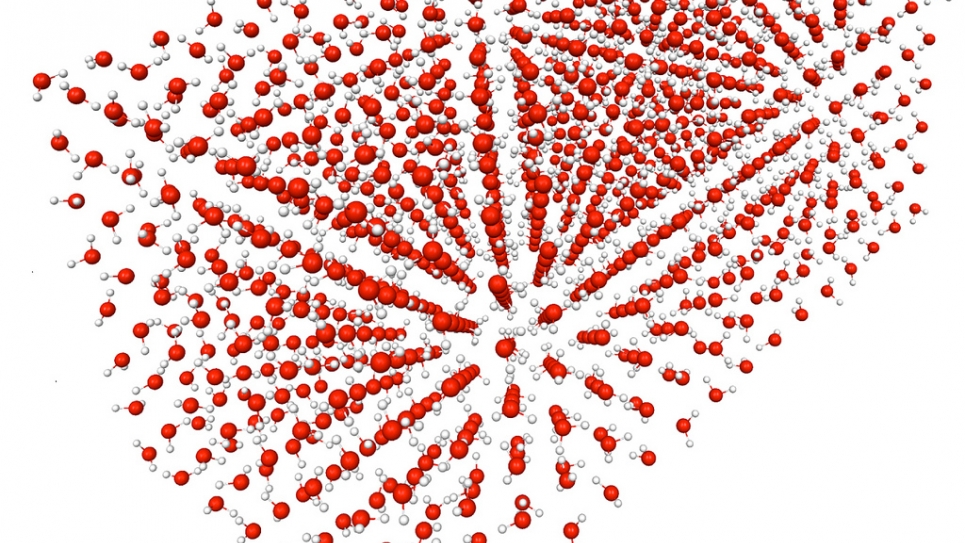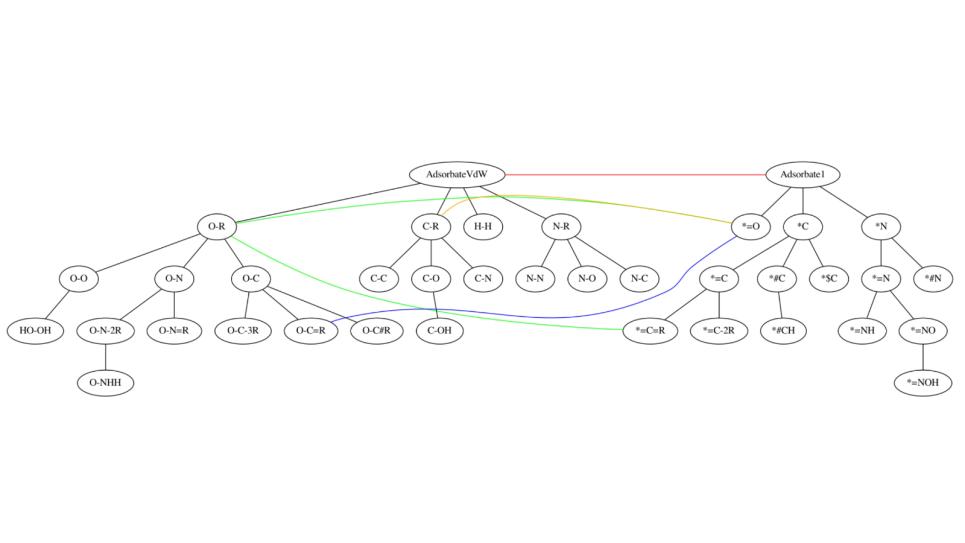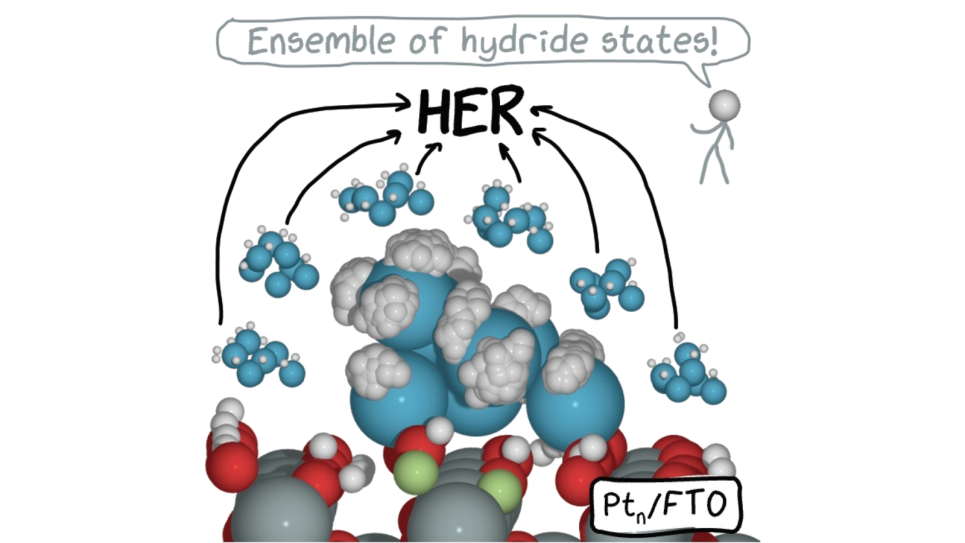
Prediction of bulk properties using high accuracy ab initio methods interfaced with dynamical calculations
Ames Laboratory researchers are using high-quality electronic structure theory, statistical mechanical methods, and massively parallel computers to predict bulk properties of water systems that require high fidelity. This molecular-scale challenge is of critical importance to national scientific issues such as global warming and the environment.
The research under way is targeting very large systems whose sizes can only be addressed with massive computational resources. The researchers are using GAMESS and NWChem codes in simulations on Intrepid, the IBM Blue Gene/P housed at the Argonne Leadership Computing Facility (ALCF). Both codes are without question the two most broadly distributed scalable electronic structure systems. The research is focused on understanding the molecular-level dynamics of water, the formation of aerosols important in cloud formation, and the interactions of dendrimers with ligands of environmental importance. In each of these applications, the underlying research is setting a new standard for the predictive computation of bulk properties.
Large clusters of water are now amenable to molecular dynamics simulations with the large improvements that have been made in the Fragment Molecular Orbital (FMO) method in GAMESS. Graham Fletcher at the ALCF has been instrumental in making these improvements. As the results below show, 32 racks of the BG/P system can be very effectively used for these simulations.


